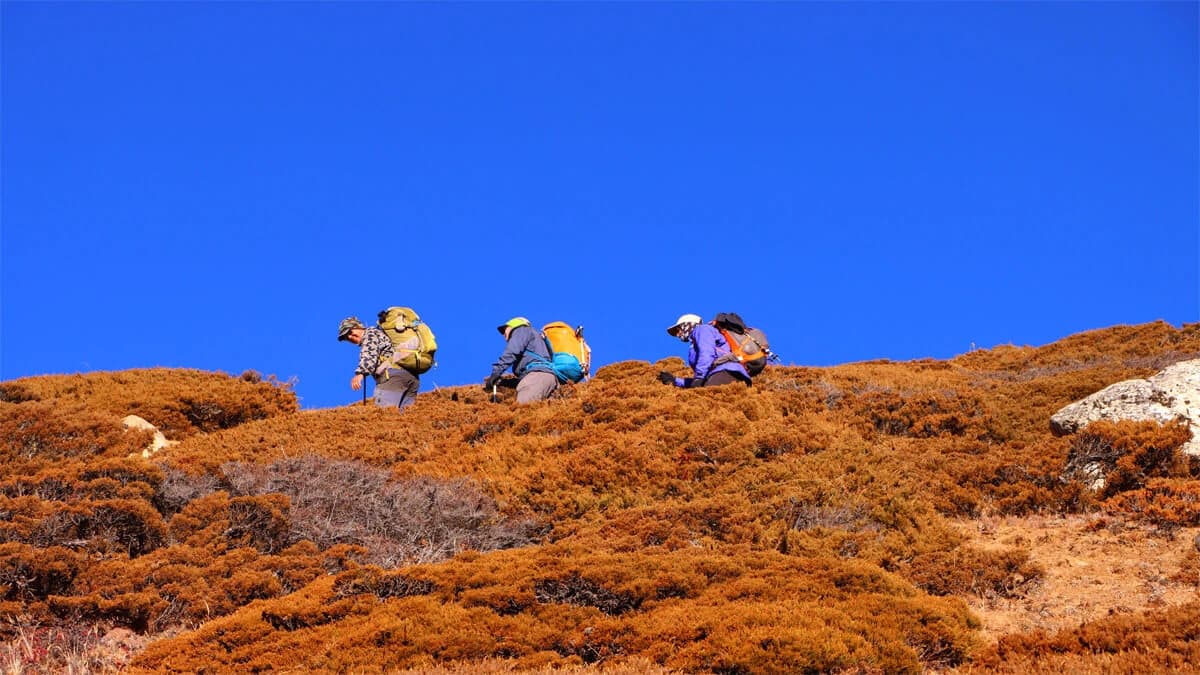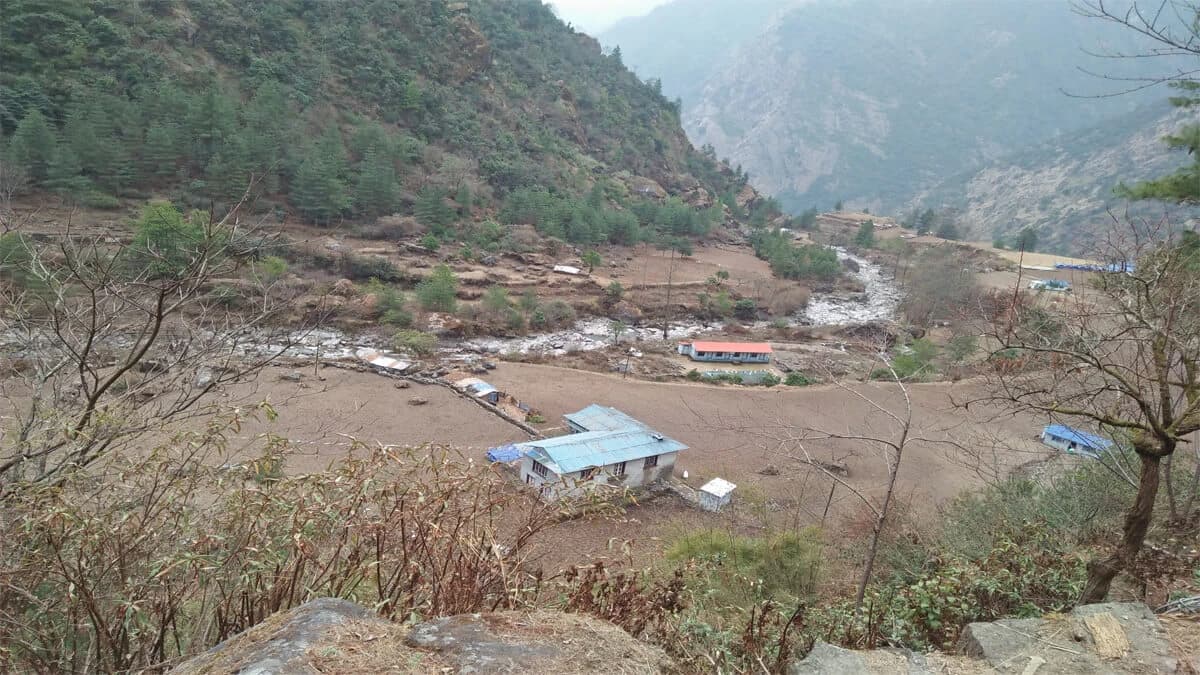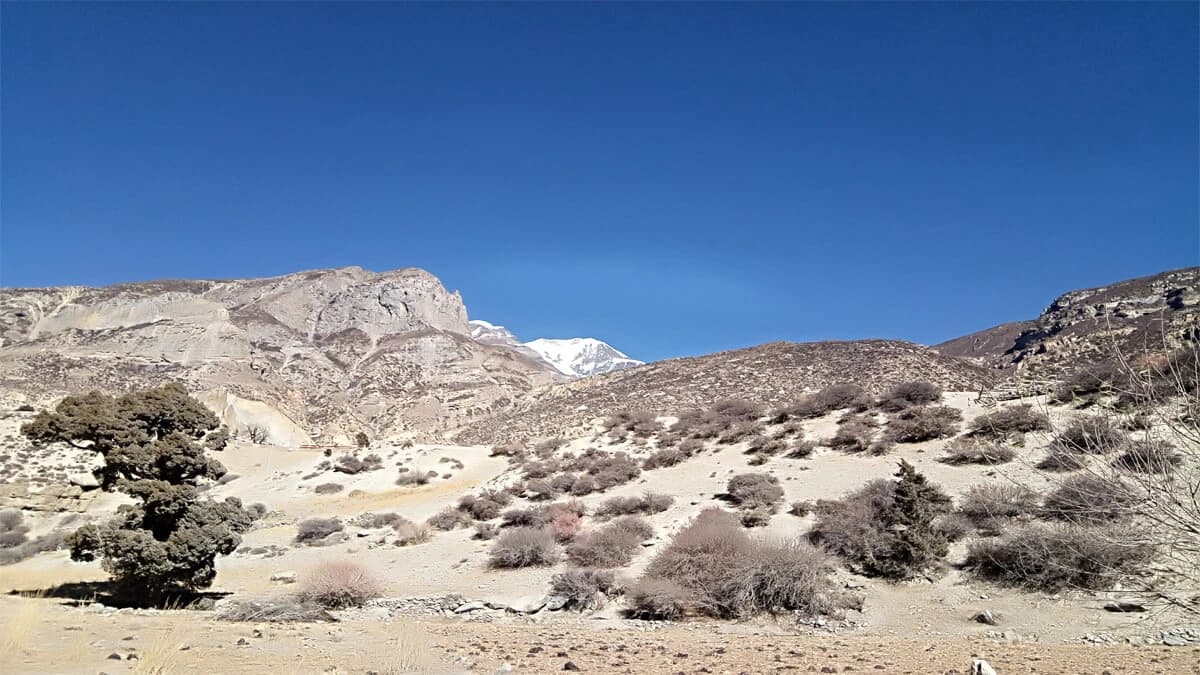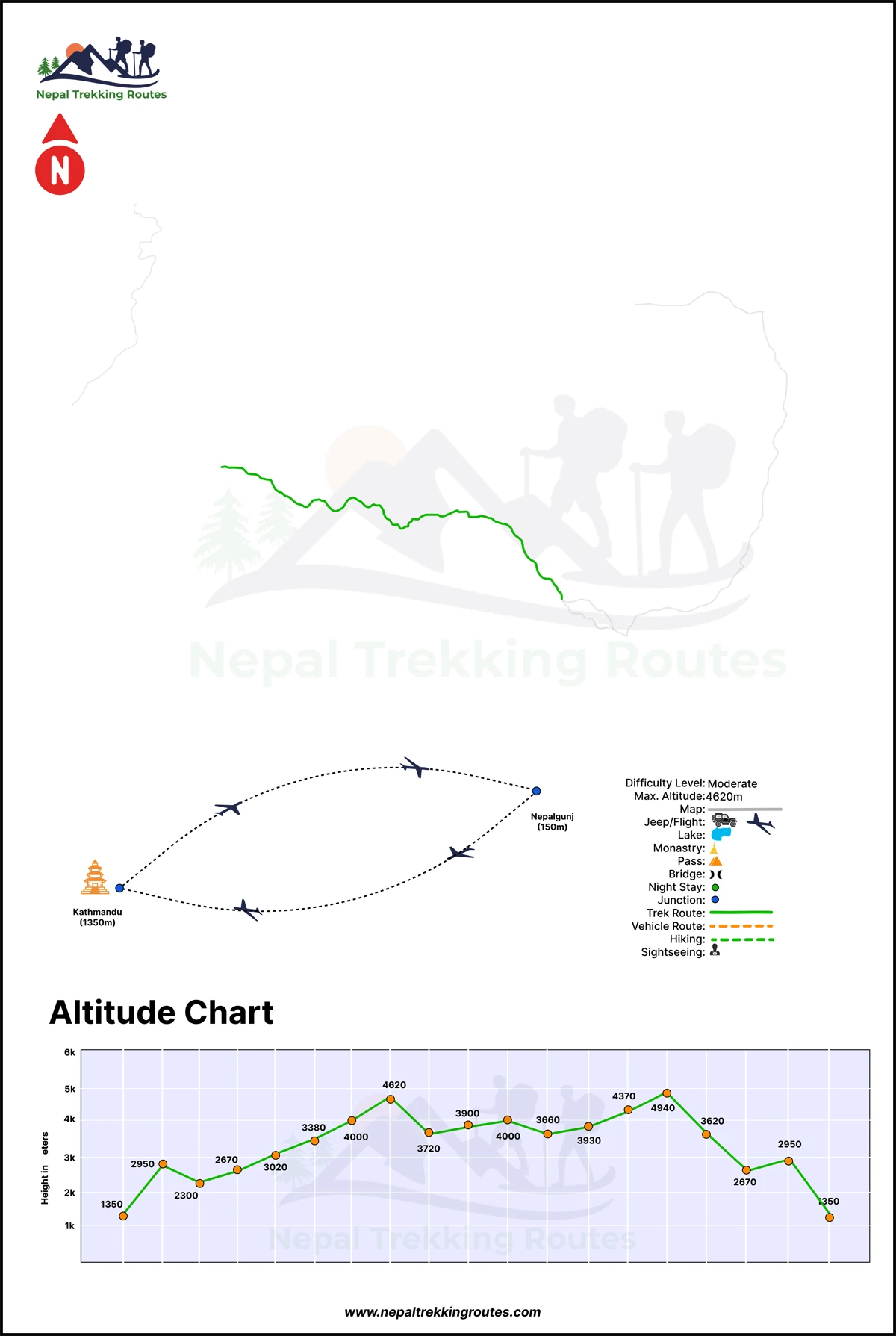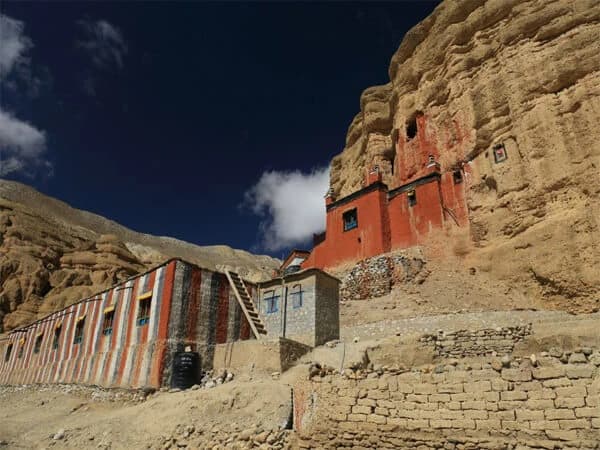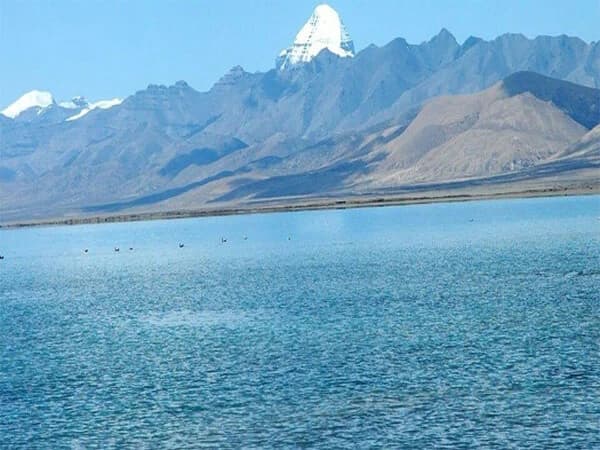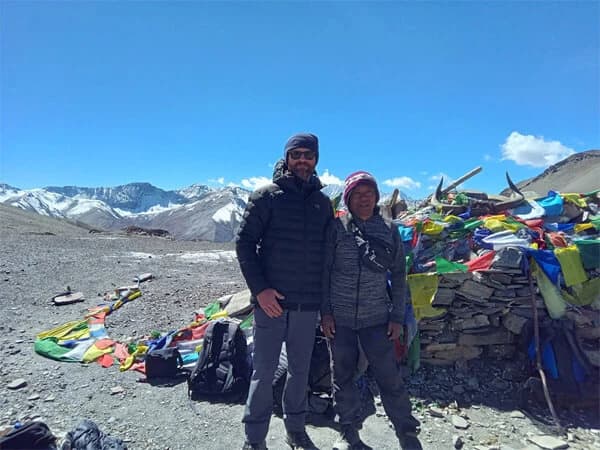Limi Valley Trek Overview
Limi Valley Trek is a popular off-the-beaten-path trek to far western Nepal. It was only opened in 2002 AD for foreign trekkers. As it is a restricted area trekking in Nepal, you need a special trekking permit.
You walk along the banks of the Karnali River, Nepal’s longest river. Spending the nights at the tented camp in the complete wilderness is something that gives you a lifelong experience.
Limi Valley trek rewards you with an amazing variety of flora, and fauna and a captivating view of the Himalayas of Nepal and Tibet as well. While traversing through the pine, birch, oak, and rhododendron forests, you might have glimpses of wild birds and animals. The common species of animals you come across are snow leopards and blue sheep.
Similarly, the stunning view of Mt. Saipal (7,031m), Mt. Api (7,132m), Mt. Kanjirowa (6,883m), Annapurna (8,091m) Massif, Mt. Kailash (6,638m) makes your trip more worth of visiting.
The cultural aspects of this hidden valley are also notable. Most of the people here follow Tibetan Buddhist customs and costumes. It is so because Limi Valley is closer to Tibet than the urban areas of Nepal.
You can see a large number of monasteries, chortens and mane walls. The colorful prayer flags add to the beauty of these Buddhist shrines. You will visit Laiko Gompa, Chundrup Choeling Gompa, Namka Khyung Dzong Gompa and Dhungkar Choezon Monastery.
Actually, the Limi Valley trek focuses on three villages of this serene village. Til, Halji and Jang are the prominent villages standing like a showcase of Buddhist lifestyle, culture and tradition intact for centuries.
The 1,000-years-old Halji Gompa and Jang Gompa are the evidence of Tibetan Buddhist practices in this region. You can talk to the monks and the Rinpoche (Guru) to know more about their history.
Limi Valley Trek Highlights
- Scenic flight to Simikot from Kathmandu via Nepalgunj
- One of the best offbeat treks of Nepal
- Exploration of unspoiled nature and typical culture
- Various animals and birds in the lush forests
- Ancient monasteries, mani walls and chortens
- Amazing Himalayan view of Mt. Saipal (7,031m), Mt. Api (7,132m), Mt. Kanjirowa (6,883m), Annapurna (8,091m) Massif, Mt. Kailash (6,638m) and many more
Limi Valley Trek Itineary
The average Limi Valley trek itinerary ranges from 18 days to 22 days. If you want to spend a couple of days in the Limi Valley, the itinerary obviously becomes longer. On the other hand, you can shorten it by minimizing the acclimatization days.
Likewise, you can do Kailash Mansarovar trek via Simikot while doing Limi Valley trek. This gives you double-pack experience of visiting the best pilgrimage of Tibet and the hidden valley of the far western Nepal.
You will reach the Roof of the World, Tibetan Plateau as well as explore the natural and natural wonders of Limi Valley. In this way, Kailash Mansarovar & Limi Valley trek itinerary becomes longer influencing its cost as well.
Limi Valley Trek Cost
As Limi Valley trek is completely a camping trekking in Nepal, the cost is obviously different from that of teahouse trekking in Nepal. The cost happens to be a little higher as you have to pay for the crew.
To carry the camping equipment from one location to another, you need a few porters. The average cost of a porter is nearly USD 20 – USD 25.
Nevertheless, as you have to eat the food items prepared by your own crew, the cost may be minimized. You have no option to choose from the menu of a teahouse or hotel.
But, the domestic flight to and back from Simikot, the cost differs from travelling via the roadway transportation. You can also choose Kathmandu-Nepalgunj two-way travel by using roadway transportation. Similarly, you have to pay for the restricted area trekking permit, which results into a little higher amount.
Food & Accommodation Facilities
Limi Valley trek is one of the most popular off beat path trek in Nepal. As it is a newly explored trekking region of Nepal, you don’t find teahouses or lodges on the route. It is completely a camping trekking in which the trekking agency(company) itself is responsible for providing food and accommodation facilities.
The agency hires the crew that comprises the crew leader, a cook, kitchen helper and the porters. The porters carry the camping equipment like cooking items and food supplies. You have to compromise on the large varieties of food items.
Whatever your cook prepares, you must be happy with it. But, camping trekking in Nepal has its own interesting story behind. You can enjoy the wilderness of the trekking region and share happiness with the fellow travelers.
Limi Valley Trek Difficulty
Despite the remoteness, Limi Valley trek difficulty is of moderate type. Once you reach Simikot, you have an off-road to reach Limi Valley. You can ride on a jeep by sharing with other fellow trekkers as well.
But the off-road track may be dusty in hot season and muddy in rainy season. Travelling to Limi Valley by jeep in monsoon is quite challenging as the way is blocked due to the landslides.
Otherwise, this trek is accessible even for the beginners. The longest duration to trek is 8 hours but there are not many high passes. The highest pass is Nyalu La Pass (4,940m) while trekking from Talung to Shinjungma.
You follow the trails just high above the Karnali River. Some sections of the trail are made by cutting the rocks of the hill. To cross such sections, you must really be careful!
Altitude Sickness
Yes, there is a possibility of Acute Mountain Sickness (AMS) during the Limi Valley trek. You spend most of the time above 2,500 meters elevation.
However, there can avoid altitude sickness by taking some precautions. First of all, you must drink enough water as well as have hygienic food items and sound rest. Walking slowly along the steep hilly trail is another way to minimize the risk of shortness of breath.
Similarly, avoid substances like smoking cigarettes and drinking alcohol to keep your physical condition balanced. Don’t forget to keep the first aid box that cures the AMS.
Last but not least, as soon as you feel any symptoms of AMS, you must consult with the trekking guide. The trekking guide is well known about such problems so that he can give you better suggestions to avoid any mishaps.

